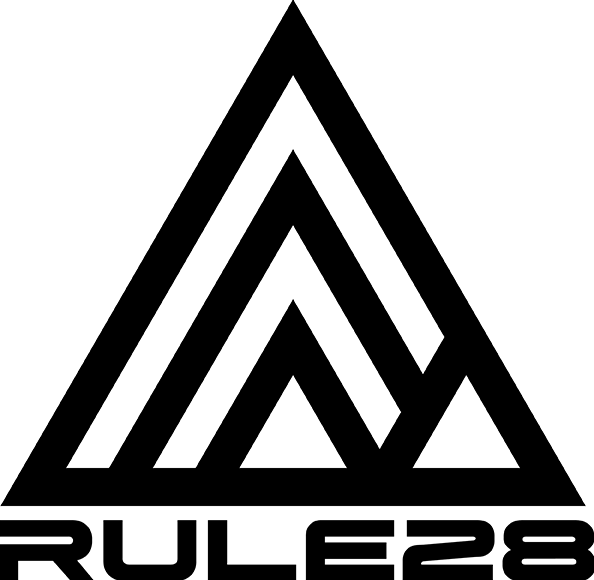Are you wondering which bike tyres are truly fastest? While laboratory testing provides excellent data, you can conduct meaningful tyre rolling resistance tests at home. This guide will show you how to test your tyres and potentially save watts without spending hundreds on professional testing.
Understanding Rolling Resistance
Rolling resistance is the energy lost as a tyre deforms against the road surface. This energy loss can be calculated using a specific formula:
P = (W × g × Crr × v)
Where:
- P = Power lost to rolling resistance (Watts)
- W = Total system mass (kilogrammes)
- g = Gravitational acceleration (9.81 m/s²)
- Crr = Coefficient of rolling resistance (dimensionless)
- v = Velocity (metres per second)
For example, a typical setup of:
- Total mass: 80 kg (rider + bike)
- Speed: 36 km/h (10 m/s)
- Crr: 0.004 (typical for a good road tyre)
Would result in: P = 80 × 9.81 × 0.004 × 10 = 31.4 Watts lost to rolling resistance
What You'll Need
To conduct reliable rolling resistance tests, you'll need:
- A power metre
- A smooth, consistent section of road
- Accurate tyre pressure gauge
- Temperature sensor
- Method to record data (bike computer or phone)
- The tyres you want to test
- About 2 hours of time
Finding the Perfect Test Location
Your test location can make or break your results. Look for:
- A smooth, flat section of road or car park
- Minimal traffic
- Protection from wind
- At least 200 metres long
- Consistent surface throughout
- No significant camber
The Testing Protocol
Preparation
- Clean your bike thoroughly, especially the drivetrain
- Verify your power metre calibration
- Record the temperature and weather conditions
- Ensure consistent tyre pressure between tests
- Mark your start and end points
- Weigh your complete system (rider + bike + equipment)
Testing Method
- Ride at a steady power output (around 200-250 watts)
- Maintain the same position throughout all tests
- Complete 6-8 runs in each direction
- Switch tyres and repeat the process
- Record speed, power, and environmental conditions
Calculating Results
To compare two tyres:
- Test both tyres at the same power output
- Record the speed achieved for each
- Calculate the Crr difference using:
Crr difference = (Speed difference × Total system mass × 9.81) ÷ Power output
Important conversion notes:
- Convert km/h to m/s by dividing by 3.6
- Ensure all masses are in kilogrammes
- Record temperatures (affects rolling resistance)
Common Testing Mistakes to Avoid
- Testing in variable winds
- Inconsistent tyre pressure
- Different power outputs between runs
- Changing position during testing
- Not accounting for temperature changes
- Testing on different surface types
- Forgetting to weigh the complete system
- Using incorrect units in calculations
Typical Values for Reference
Coefficient of Rolling Resistance (Crr) typical values:
- Race tubulars: 0.002-0.003
- High-end clinchers: 0.003-0.004
- Training tyres: 0.004-0.005
- Heavy duty tyres: 0.005-0.006
Power lost at 36 km/h (80kg system):
- Race tubular (Crr 0.002): 15.7 Watts
- High-end clincher (Crr 0.0035): 27.5 Watts
- Training tyre (Crr 0.005): 39.2 Watts
Using Your Results
Remember that rolling resistance is just one factor in tyre selection. Consider:
- Your typical riding conditions
- Tyre durability
- Wet weather performance
- Puncture protection needs
- Cost per mile
Conclusion
While home testing won't match the precision of laboratory results, it can provide valuable insights into your tyre performance. Use these protocols and calculations to optimise your setup and make informed decisions about tyre choices based on your specific needs and conditions.






Share:
An Introduction To Cycling Aerodynamics
The Physics of Cycling Aerodynamics: A Technical Guide